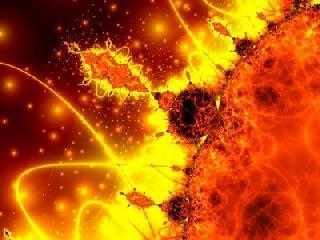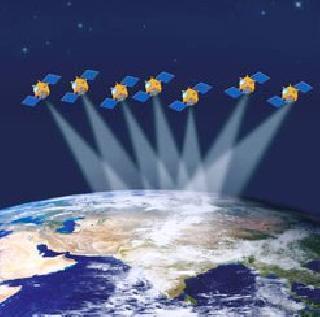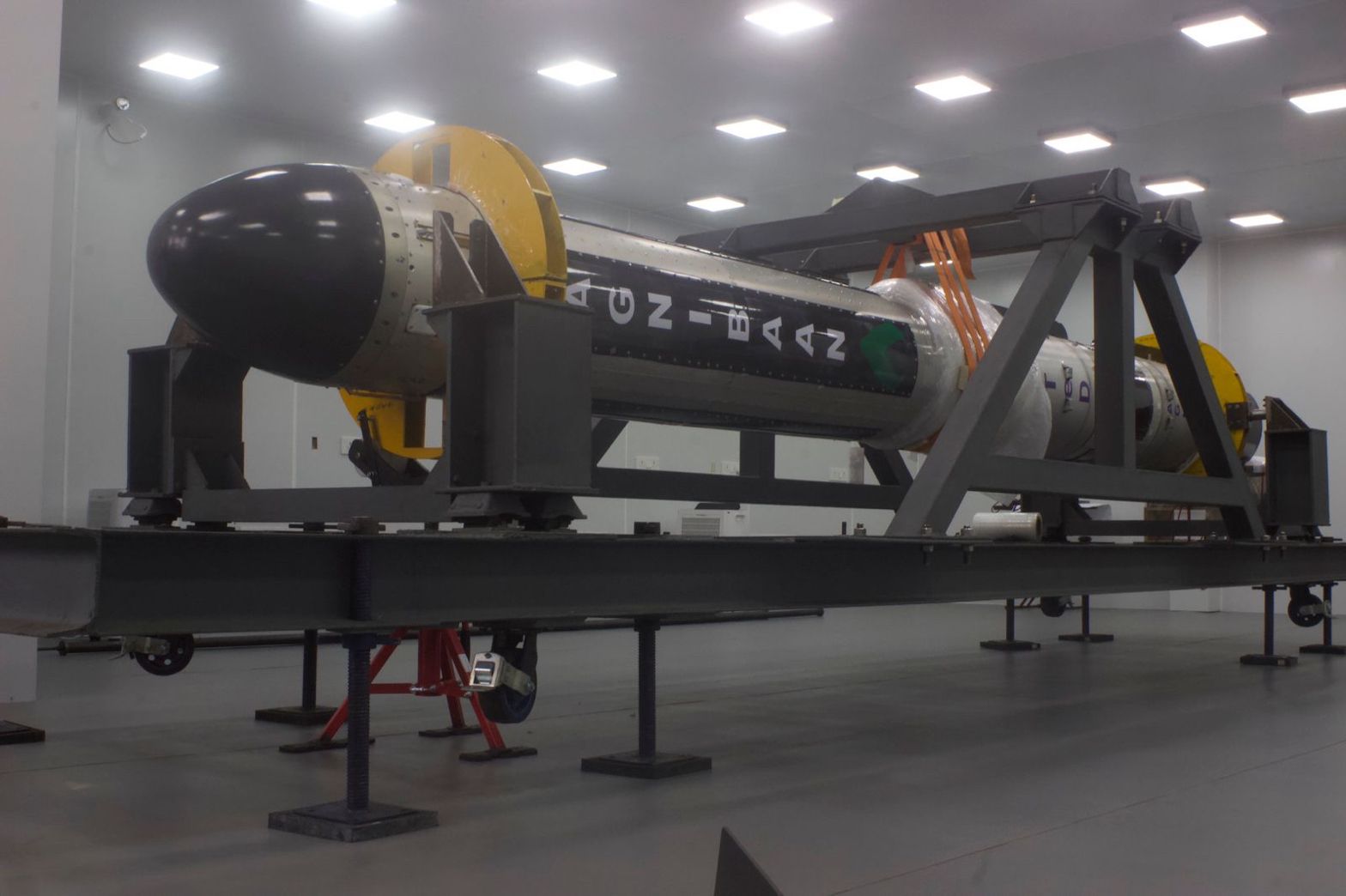
WASHINGTON (PTI): Scientists at NASA and MIT have identified a plasma plume that naturally protects the Earth against solar storms.
Earth's magnetic field, or magnetosphere, stretches from the planet's core out into space, where it meets the solar wind, a stream of charged particles emitted by the Sun.
For the most part, the magnetosphere acts as a shield to protect Earth from this high-energy solar activity.
But when this field comes into contact with the Sun's magnetic field - a process called "magnetic reconnection" - powerful electrical currents from the Sun can stream into Earth's atmosphere, whipping up geomagnetic storms and space weather phenomena that can affect high-altitude aircraft, as well as astronauts on the International Space Station.
Now scientists at Massachusetts Institute of Technology (MIT) and NASA have identified a process in Earth's magnetosphere that reinforces its shielding effect, keeping incoming solar energy at bay.
By combining observations from the ground and in space, the team observed a plume of low-energy plasma particles that essentially hitches a ride along magnetic field lines - streaming from Earth's lower atmosphere up to the point, tens of thousands of kilometres above the surface, where the planet's magnetic field connects with that of the Sun.
In this region, which the scientists call the "merging point", the presence of cold, dense plasma slows magnetic reconnection, blunting the Sun's effects on Earth.
"The Earth's magnetic field protects life on the surface from the full impact of these solar outbursts," said John Foster, associate director of MIT's Haystack Observatory.
"Reconnection strips away some of our magnetic shield and lets energy leak in, giving us large, violent storms. These plasmas get pulled into space and slow down the reconnection process, so the impact of the Sun on the Earth is less violent," Foster said.
Foster approached Brian Walsh at NASA's Goddard Space Flight Centre with data showing a plasma plume emanating from Earth's surface, and extending up into the lower layers of the magnetosphere, during a moderate solar storm in January 2013.
Walsh checked the date against the orbital trajectories of three spacecraft that have been circling the Earth to study auroras in the atmosphere.
As it turns out, all three spacecraft crossed the point in the magnetosphere at which Foster had detected a plasma plume from the ground.
The team analysed data from each spacecraft and found that the same cold, dense plasma plume stretched up to where the solar storm made contact with Earth's magnetic field.
Foster said the observations from space validate measurements from the ground. The combination of space- and ground-based data gives a highly detailed picture of a natural defensive mechanism in Earth's magnetosphere.
The study was published in the journal Science.
 Previous Article
Previous Article Next Article
Next Article













The Indian Air Force, in its flight trials evaluation report submitted before the Defence Ministry l..
view articleAn insight into the Medium Multi-Role Combat Aircraft competition...
view articleSky enthusiasts can now spot the International Space Station (ISS) commanded by Indian-American astr..
view article